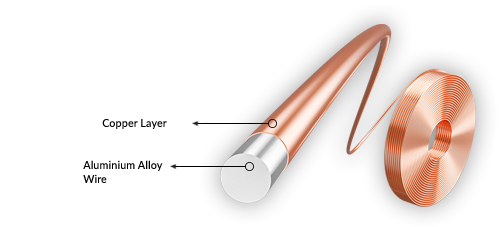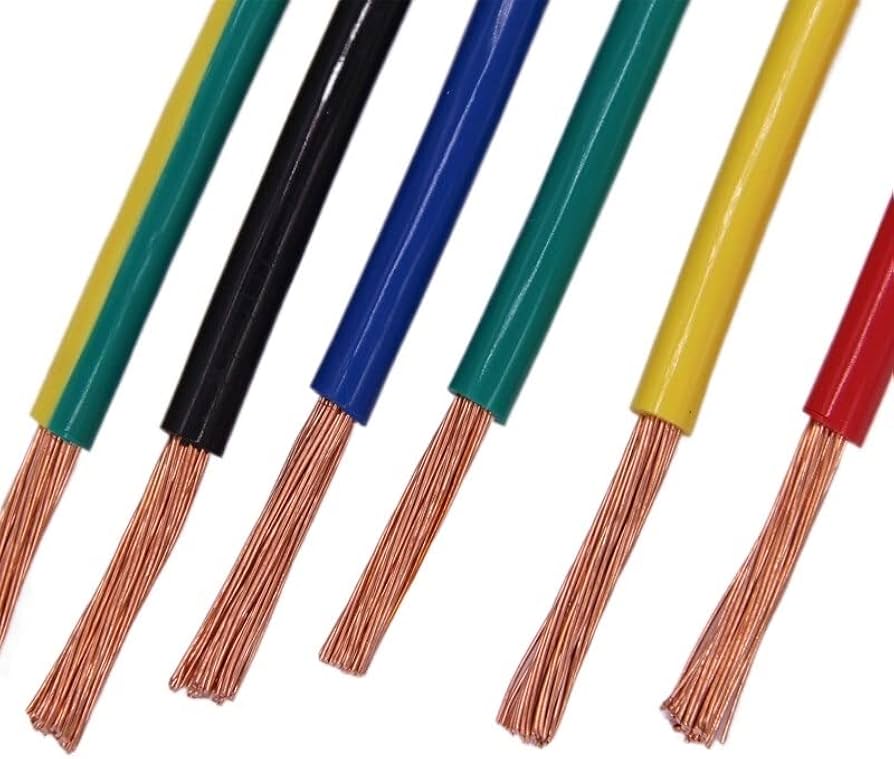At NetXL, we pride ourselves on delivering top-quality networking kit from a huge range of suppliers - whether you’re looking for Ubiquiti, DrayTek, Netgear or Smart Home tech, it’s our mission to stock and supply the best equipment for any budget and any use case. This extends to every component of a network installation - and there’s one you may be forgetting!
In our blog post on cables a few weeks back, we discussed how there’s an often-neglected component to network installations that can have a huge impact on how well your networking project performs - and that’s network cabling. When navigating a sea of modems, routers, switches, firewalls, point-to-point gear and the rest, it’s easy for cables to become an afterthought - they’re frequently the cheapest part of an installation and their specs can be confusing at best. A cable’s a cable, you might think - there’s no way it can have much of an effect on my project, right?
Well, think again!
Cabling specs aren’t as complicated as they may look - telling the difference between a Cat5e 26AWG PVC cable and a Cat6 24AWG LSOH cable is more straightforward than it initially seems, and can make a huge difference to the performance of your networking ecosystem in the long run.
In our previous blog on the subject, we took a deep dive into how to decode network cable naming conventions, and all the considerations to bear in mind when choosing one for your needs; today, we’ll explore which cables NetXL currently stock, and which one is best for you!

What do we talk about when we talk about network cables?
Before we dive in, it’s worth taking a look at what these terms mean. We went into this in significantly more detail in our previous post, but when choosing network cables it’s worth making sure everyone’s on the same page.
|
Category (Cat) |
How well the cable can perform in terms of data rates and interference. This is mostly related to the number of twists per centimetre of internal copper wire - the greater number of twists, the better the performance, and the higher the category. |
|
Conductor |
The internal copper wires in a cable are called Conductors, and they can be either a solid single piece of copper, multiple strands of copper woven together, or aluminium conductors with a thin copper plating. |
|
Shielding |
A thin shield of either copper or aluminium to protect the cable from electrical interference. This can either be around the individual conductors, around the whole cable, or both. |
| Gauge | Measured in AWG (American Wire Gauge), this measures how thick the wire is. The lower the number, the thicker the cable, and the better the cable performs as it has a higher surface area for electrical transfer and is less prone to overheating. |
| Sheath | The material that the cable’s outer casing is made of. This doesn’t affect how the cable performs, but does make a difference with things like waterproofing and fire resistance. |
Which Cables do NetXL Supply?
We’re proud to offer a wide range of high-quality network cables designed to suit any requirement and fit any budget; whether you’re looking for a single Ethernet cable to provide a laptop with a wired connection, or a phalanx of high-spec solid copper cabling for permanent industrial network installations in a rainbow of colour choices - we’ve got you covered!
Cat5e
As the most affordable category of cable, we maintain a wide stock of Cat5e cabling in a huge range of colours, meaning you can easily differentiate between cables even in the most intricate of installations.
NetXL’s Cat5e cables are 26AWG, which is a moderate thickness - this means the cable is thin enough to perform well across short to medium distances, while also being thick enough to be robust and not easily damaged if it’s used in a place that’s frequently moved around like a desktop. In order to keep these Cat5e easily affordable for any budget and ideally suited for most deployments, these cables also feature unshielded CCA conductors with a PVC sheath - this means they’re tough, flexible and easy to install, but don’t come with any special protections against water, fire or signal loss.

While these Cat5e CCA cables won’t perform as well as their Cat6 or Cat6a counterparts over long distances and can be more prone to interference, the difference won’t be so noticeable for shorter connections. This makes a Cat5e cable perfect for home use or in smaller offices, like connecting PCs, laptops or games consoles directly to a router, or for providing PoE to devices like VoIP phones or access points.
If you’re just looking for a cable to connect your laptop to an RJ45 port in your router for speedy, dependable wired internet, or your PlayStation is lagging because of a spotty connection - a Cat5e cable will probably be plenty. However, if your needs are a little more specialist - read on!
Cat6
Cat6 cables are a nice mid-point between the budget Cat5e options and the more specialist Cat6A cabling. With Cat6 you’re starting to venture into pro-sumer or even industrial territory, and you’ll start to see a decent return on your investment if you’re willing to commit a larger slice of the budget to your cabling.
In order to be designated Cat6, cables have to meet more stringent requirements for crosstalk and performance, and must be able to perform on frequencies of up to 250MHz as opposed to 100 MHz for Cat5e; this means that it can transmit data at a higher bitrate, or the amount of data that can be processed per second. Not only does this mean that Cat6 cable can transmit data faster, but it can transmit it more reliably over longer distances, so you’ll see fewer drops in signal.
NetXL’s Cat6 cables come exclusively in 24AWG - thicker than Cat5e - meaning a higher surface area for a greater bitrate and less chance of harmful overheating, and feature pure stranded copper instead of the copper-plated aluminium conductors found in Cat5e cables. These stranded copper conductors provide both flexibility and a high bitrate, making an extremely versatile, high-speed cable that’s as at home in a permanent installation as in versatile home use.

The sheath is also made of a different material than Cat5e; instead of the standard PVC, NetXL’s Cat6 sheaths are made of a material known as LSOH. Also sometimes referred to as LSZH or LS0H, this is short for Low Smoke, Zero Halogen, and means that they’re significantly safer in case of fire; these cables are engineered to produce the absolute minimum of smoke and absolutely no halogenated gases in case they’re caught in a fire, making them safer overall but especially in deployments with poor ventilation. Some sites specifically require LSOH cabling, so if you’re an installer it’s always worth checking if that’s a requirement for your customers.
Conclusion
Ultimately there is no objectively best cable; the ideal cabling depends on your specific requirements, and weighing up the most important factors means that you can select the ideal cabling to elevate your projects.
When selecting a cable, it’s always worth considering at least the following:
- Budget
- Length of cable required
- Target connection speed
- Installation location
While it’s tempting to see the most expensive cabling as the safest, best option, it may not be either necessary or even advisable to purchase and install Cat6a cabling for every single project; conversely, if you’re looking for good network connectivity over a long distance but you’re still stuck with a network of Cat5e cables, your network infrastructure will suffer as a result. By carefully weighing up what you need and which cables will suit you best, you can ensure that your network will stay speedy, robust and secure!


